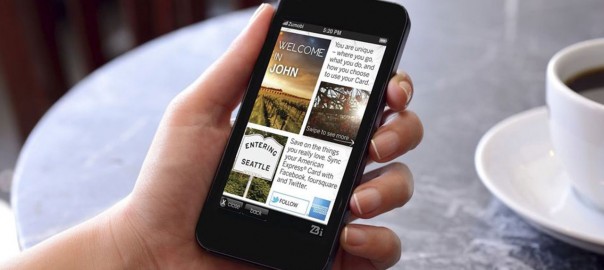It is that time of the year when we both look back, making lists and look forward, crystal ball gazing into the coming years. While no one can predict for sure the events of next year, recent category trends give a fair idea of what’s likely to come. Overall, 2014 has been a good year for us at Robosoft and the mobile app industry in general.
Apps – even more in the limelight
Mobile apps have taken center stage like never before in our digital-driven lives. According to Comscore:
- The strong growth in mobile app usage has propelled it to take over the majority of digital media time spent at 52%
- Apps drive the vast majority of media consumption activity on mobile devices, accounting for approximately 7 out of every 8 minutes; more than half (57 percent) of smartphone users accessed apps every single day of the month
Aside from sheer time spent on mobile apps by consumers, another indication of business showing interest in going mobile through apps is the sheer number of mobile-focused businesses, mobile games and enterprises wishing to go mobile. It is encouraging to see mobile-app driven news businesses like TheQuint take shape in 2015. Earlier this year, Raghav Bahl founder of Quintillion Media tweeted: “The printing press of the 21st century is the publishing algorithm of a mobile news app! Lessons from America.” It will be interesting to see how this trend, which essentially challenges an established delivery model in journalism fares in 2015 and beyond.
In India, e-commerce players have invested heavily in mobile apps and encouraged consumers to use mobile apps through heavy-duty media campaigns and app-only promotions. Mass media advertising campaigns aimed primarily at getting consumers to download an app, will continue in 2015.
Unbundle, specialist apps and focus
The trend of unbundling specialist apps, which started early this year, has gained momentum now and is likely to be seen across more apps in the coming year. Facebook seems to be a big believer in this approach with separate apps like Messenger, Rooms, Facebook Groups and Stickered for Messenger. As mobile-focused businesses get bigger and more complicated it is natural that their apps become feature heavy. In this context, unbundling key features and allowing them to be the drivers for specialist, single-purpose apps seems to make business sense. A related development – common to e-commerce apps is one of discovery. How do you strike a balance between getting the consumer to find exactly what she is looking for with ease and also promote products from your range, which she would otherwise have missed? Apps like Canopy, which is positioned as a ‘curated shop for Amazon’, are a result of this need.
The ‘Make in India’ opportunity
I strongly believe that the mobile app business is well placed to practice the ‘make in India-made for the world’ mantra. In 2012 the global app economy was worth $53Bn and is expected to expand at a 28% CAGR up to 2016, reaching $143Bn. By 2018, 500 million Indians are likely to be on the Internet and a large portion of them mobile-only. This calls for the entire ecosystem – brands, content creators, experience designers, technology providers and more to completely re-think the way content is created and consumed. A very important role is going to be played by mobile apps. India is well-positioned to be the hub both as a service provider for the world and a product creator to solve many problems (for India and the world) through mobile solutions.
Consumer brands and mobile apps
I am hopeful that consumer brands, which have hitherto relied heavily on mass media for content creation and distribution, will consider mobile apps as a medium to connect with consumers, with more seriousness in the coming years. I believe that Indian companies have not fully explored the potential of bespoke mobile apps and games. It is a tough platform to make a mark but considering the popularity of smartphones and mobiles apps it is a pity that big brands have not invested behind mobile apps.
I am particularly excited about the adoption of mobile apps by the entertainment industry – be it through games (like the Dhoom 3 and Million Dollar Arm games we built) or consumer promotions (I thought the use of Tinder in the movie promotion of Happy Ending was very smart).
Say Namaste to language content
Recently read that Coca-Cola India posted its first tweet in Hindi last fortnight when the International Premier Tennis League was being held in New Delhi, and it fared much better in terms of RTs than its regular English tweets. At Robosoft, we have seen the power of Indian-language content in the apps we have built for news channels like NDTV and ABP News. We are likely to see more efforts in creating Indian language contnet in mobile apps in the coming years.
These are exciting times for the businesses which focus on mobile apps to reach out to consumers and mobile app development companies who partner with them. Pardon the pun, appy days are ahead.





